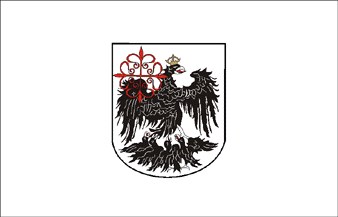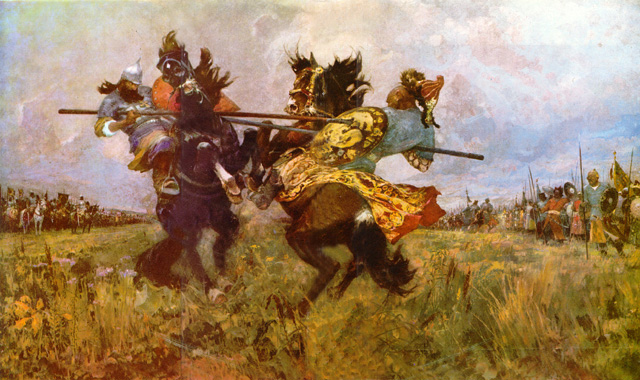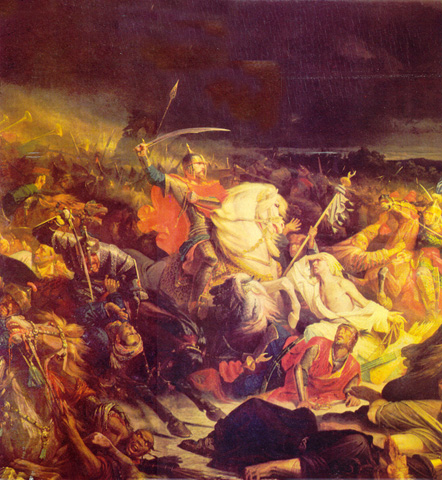#1
Identify these six famous Greeks (4 points each). Put them in chronological order by the time they lived (4 points for a correct line, 2 points for one mistake and 1 point for two mistakes). One of them does not belong with the others. What do the other five have in common? (2 points)
Here are the names in the correct order:
C.
Homer (probably 8th century BC)
D.
Pythagoras (about 570-510 BC)
E.
Socrates (469-399 BC)
A.
Plato (427-347 BC)
B.
Aristotle (385-322 BC)
F.
Epicurus (341-270 BC)
All except Homer were philosophers.
#2
As all of you should know, the capitals of the United States, Greece, Italy and Lithuania are Washington, Athens, Rome and Vilnius. However, when the modern states emerged in 1776, 1830, 1861 and 1918 respectively they had different cities as their capitals. Name them! (2 points each) Bonus: Guess what Portugal's capital was between 1808 and 1821. (2 points)
USA:
Philadelphia was the place where the independence declaration was signed, though
New York was America's first 'proper' capital from 1788 to 1790. I accepted both.
Greece:
Nauplion (or Nauplia, or Nafplion, or Nafplio, however you choose to spell it) was Greece's first capital until it was moved to Athens in 1834. Lovely town, by the way.
Italy: Italy's first capital was
Turin. It had been the capital of the Kingdom of Piedmont-Sardinia, the constitutive part of the unified Kingdom of Italy, before. In 1865 the capital was moved to Florence (I awarded half of the points for this answer) and in 1871, after the end of the Papal State, to Rome.
Lithuania: I was not quite exact on this one, Lithuania's first capital indeed was Vilnius, however it was ceded to Poland in 1920. From 1920 until the Soviet annexion of Lithuania in 1939, Lithuania's capital was
Kaunas.
Portugal: During the Napoleonic wars Portugal's capital was moved to
Rio de Janeiro.
#3
This painting is an illustration of a litterary work.
a) Which work (8 points)? Name its author (4 points)
b) What is happening here? Alternatively, name two of the depicted persons. (4 points)
c) Who painted the picture? (4 points)
a) Finland's national Epic
Kalevala, which was written by
Elias Lönnrot in 1835 based on traditional Finnish folklore.
b) What we see here is
Väinämöinen, the hero of the Kalevala, protecting the
Sampo, a magical artefact that brought good fortune to its holder, against
Louhi, the mistress of the Land of the North.
c) The painter was
Akseli Gallen-Kallela, probably the most influential Finnish Art Nouveau artist.
[QUOTE[
#4
Identify these six persons (4 points each). What do they have in common? (4 points)
a) I am a heroic character, much adored in my country, and a saint of the Catholic church. During the 15th century, I fought in a war between my country and its long-time enemy. After I fell in captivity, I was convicted of heresy and burned at the stake. When I died I was only 19 years old. Later, my conviction was overturned and I was canonised in 1920.
b) I was one of the most important persons of the socialist movement. I was born in Poland, but later moved to another country. There was an political activist and took part in an unsuccessful revolution in 1919. In the aftermath of this revolution I was killed by right-wing militias.
c) I was an Egpytian pharaoh during the 16th century BC. I re-established trade routes in my country which had been destroyed during the rule of the Hyksos and I also sent an ambitious expedition to the land of Punt. During my reign, many great buildings were completed; for example my mortuary temple ist one of the finest examples of ancient Egpytian temple architecture. After my death, my successor tried to erase all records about my existence, destroying my monuments and erasing my name from the inscriptions.
d) I am the earliest author known by date. I lived in Mesopotamia during the 23rd century BC and wrote several Sumerian hymns celebrating the deity Inanna.
e) I am one of only two persons who received the Nobel prize in two disciplines. I got mine in physics (1903) and chemistry (1911). I researched radiation and discovered two new chemical elements.
f) I ruled China from 690-705, interrupting the rule of the Tang dynasty. After a revolt against my rule, I moved the capital to Luoyang and founded an imperial secret police. I also promoted Buddhism during my reign. After a coup in 705 I had to step down and died nine months later.
[/QUOTE]
a)
Jeanne d'Arc
b)
Rosa Luxemburg
c)
Hatshepsut
d)
Enheduanna
e)
Marie Curie
f)
Wu Zetian
Now you surely got it: the connecting factor is that
all of them were women. And that all of them have the letter A in their names, as Steph suggested
 #5
#5
What was this artefact used for (10 points)? Which culture produced it (5 points)?
It's an
neckrest (used as a kind of pillow) from ancient
Egypt. Doesn't look very convenient, does it?
#6
Who or what was Manzanar? (10 points)
An
internement camp for Japanese Americans during World War II. Located in California.
#7
Here is a picture of Mr. Norman Borlaug, the Nobel peace prize winner of 1970. What project was he involved in (10 points)?
The so called
Green Revolution, a project that aimed to increase food yield in developing countries (especially India). Indeed the project succeeded in preventing famine, though its long term effects... But well, that's another story.
#8
Briefly explain these alphabetically sorted keywords (4 points each). What country's history are they related with (4 points)?
a) 1772, 1793 and 1795
b) Jagiellons
c) Battle of Grunwald
d) Solidarnosc
e) November Uprising
f) Peace of Riga
I pass the word to my friend luceafarul, who brilliantly answered this question:
luceafarul said:
The country is Poland.
a)The three partitions of the country between Russia, Prussia and Austria.Poland ceased to exist as an individual political entity.
b) A royal dynasty, originating from Lithuania which reigned several Central European country. In Poland, a member of this dynasty, grand duke Jogaila became king of Poland under the name Ladislaus II in 1386. This was a result of the dynastic union between Lithuania and Poland (the Polish royal family of Piast had died out). Jagiellonins ruled Poland-Lithuania until 1572.
c.The decisive battle in the war between Poland-Lithuania and the knights of the Teutonic Order which ended in a victory for Poland-Lithuania. The battle took place in 1410 and today you can buy a nice beer in Poland which is called just that - 1410.
d. A labour union founded in 1980, and the first in the Eastern bloc independent from the ruling communist parties, containing both reactionary and progressive elements(unfortunately, the first mentioned prevailed). It got a huge impact on the political changes in Poland and the leader Lech Walesa got the Nobel prize in 1983.He also was the president of Poland 1990-95. Hillarious guy.
e.An armed rebellion against Russian rule in 1830. It is also called the Cadet revolution since it was initiated by a group of cadets from the army's officer school in Warszawa.
The background was the creation of the Grand Duchy of Warszawa during the Napoleonic Wars and the new partition by the Vienna congress which gave Russia hegemony over the so-called Congress Kingdom. This was initially semi-autonomous, united with Russia by a personal union but having its own parliament, the Sejm as well as government, court, army and treasury. However gradually Russia ignored its constitution,a very progressive one for its time, and Grand Duke Pavlovich was appointed governor-general of Poland , ruling in an authoritarian way. The event that triggered the uprising was the Russian plan to use the Polish army to supress revolutions in France and Belgium.
The uprising spread to the whole of Poland, but since other countries only could offer sympathy, it was finally put down by overwhelming Russian forces.
(Do I get a cookie for this?)
f.The treaty to mark the end of the Polish - Bolshevik war (1921), a war in which both sides claimed victory, by the way. Personally I have most sympathy for the Russian side here, i was never exactly a Pilsudski fan.
#9
A war fought between three countries from 1879 to 1884. It was a conflict about a resource-rich territory. The war actually got its name from this particular resource. As a result of the war, country A gained the disputed territory from coutries B and C, which were allied. Because of the territorial losses, country B became a land-locked country, which has hampered its economy until today.
What's the name of the war (6 points)? Name countries A, B and C (2 points each).
The name was
War of the Pacific or
Saltpeter War (easy one for CivIII players

). The countries were A:
Chile, B:
Bolivia and C:
Peru.
So thanks for all participants. I'm looking forward for a new quiz from luceafarul


 , actually it's "only" 137 points. In the meanwhile, sydhe submitted, too, and scored 114 points.
, actually it's "only" 137 points. In the meanwhile, sydhe submitted, too, and scored 114 points.
 , actually it's "only" 137 points. In the meanwhile, sydhe submitted, too, and scored 114 points.
, actually it's "only" 137 points. In the meanwhile, sydhe submitted, too, and scored 114 points.





 ?
?

 ) of the answers at first glance
) of the answers at first glance 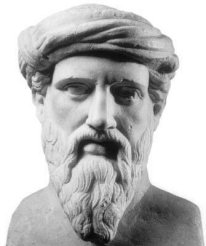
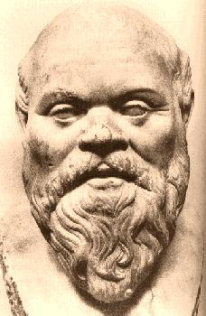
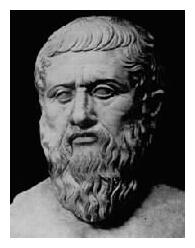
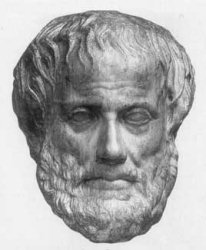
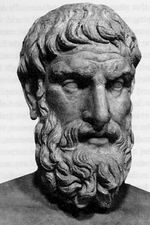
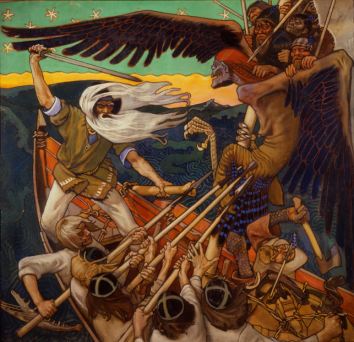
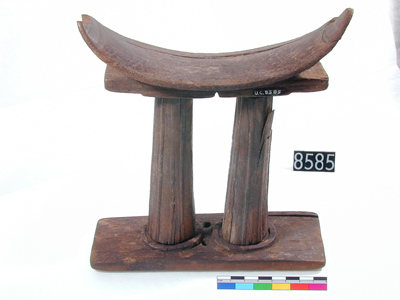
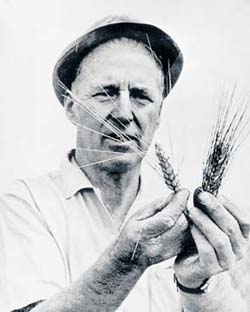
 )...
)...